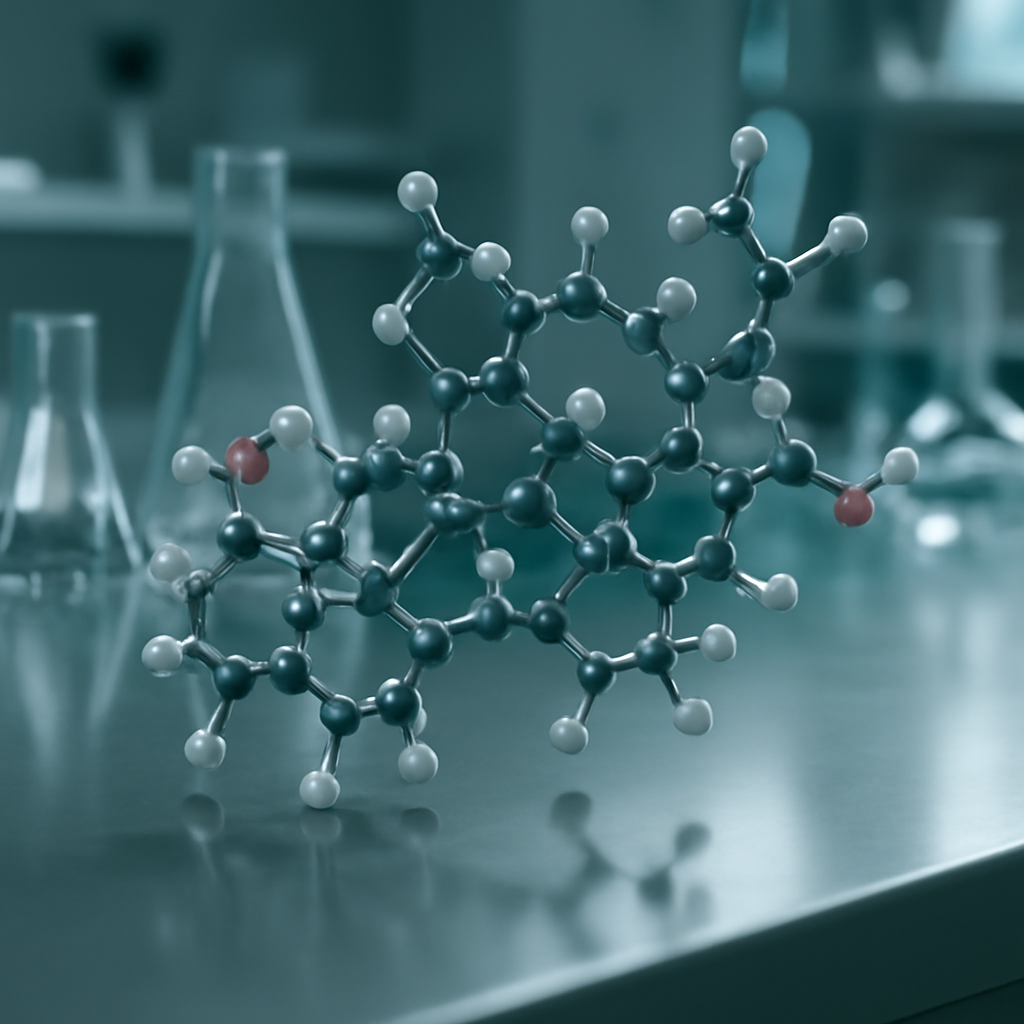Blog List
GHRP-6: What is this peptide and how does it work?
GHRP-6, or Growth Hormone Releasing Peptide-6, is a synthetic peptide that plays a role in stimulating the body’s natural growth hormone production. It is gaining
Oxytocin stability and storage tips for laboratory use
Oxytocin is a peptide hormone naturally produced in the body, primarily known for its roles in childbirth and lactation. In laboratory settings, synthetic Oxytocin is
Is Oxytocin safe for research purposes?

When does Oxytocin start working in laboratory studies?
Oxytocin is a peptide hormone naturally produced in the hypothalamus and secreted by the posterior pituitary gland. It plays a key role in social bonding,
Oxytocin side effects: What researchers should know
Oxytocin is a peptide hormone naturally produced in the hypothalamus and released by the posterior pituitary gland. It plays a crucial role in social bonding,
Oxytocin vs Vasopressin: How do they differ in social bonding?
Understanding the Roles of Oxytocin and Vasopressin in Social Behavior Oxytocin and vasopressin are neuropeptides that play crucial roles in modulating social behaviors, emotional regulation,
Oxytocin: What is it and how does it influence social behavior?
Understanding Oxytocin and Its Role in Social Behavior Oxytocin, often termed the “love hormone,” is a peptide hormone and neurotransmitter that plays a crucial role
Understanding GHRP-6 stability and storage for lab applications
Understanding the Stability and Storage of GHRP-6 for Laboratory Applications GHRP-6, or Growth Hormone-Releasing Peptide-6, is a synthetic peptide widely utilized in preclinical research to

